Macro photography captivates many by revealing the intricate details of subjects that often go unnoticed by the naked eye. Whether you’re capturing the delicate wings of a butterfly or the texture of a flower petal, having the right lens is crucial for achieving stunning close-up shots. This guide will explore the best macro camera lenses available on the market, highlighting their features and applications to help you choose the right one for your photography needs.
Understanding Macro Photography
What is Macro Photography?
Macro photography focuses on capturing small subjects at extremely close ranges, usually at a 1:1 magnification ratio. This means that the image captured on the camera’s sensor is the same size as the subject in real life. Common subjects include flowers, insects, and small objects, all of which provide opportunities for showcasing details and textures usually missed in standard photography.
Why Choose Macro Photography?
Many photographers are drawn to macro photography because it offers a chance to explore the fine details of the world around us. This style of photography allows for creativity and exploration, offering a unique perspective that can transform everyday scenes into works of art. The thrill of capturing tiny subjects in stunning detail can motivate photographers to experiment with composition and lighting in innovative ways.
Understanding the purpose of macro photography will guide you in selecting the right lenses, techniques, and subjects for your photographic journey.
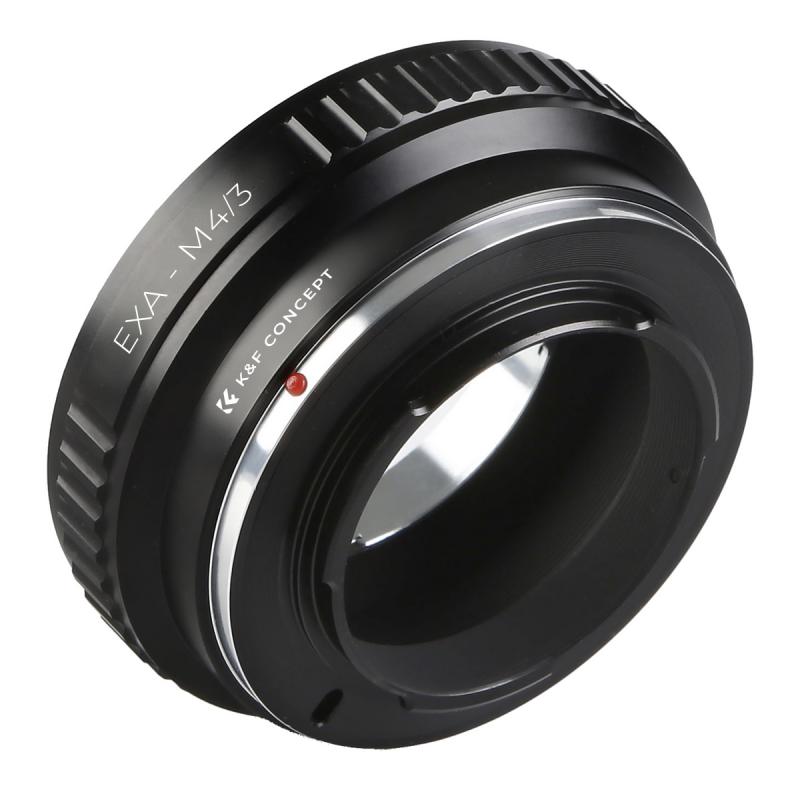
Key Features of Macro Lenses
Focal Length Considerations
When choosing a macro lens, consider the focal length, as it significantly impacts your photography style. Most macro lenses fall within the range of 50mm to 200mm, each offering unique benefits. A shorter lens like a 50mm or 60mm lens allows you to get closer to the subject. However, you may disturb small creatures easily, which could lead to some missed shots.
On the other hand, longer lenses, such as 100mm or 200mm, allow you to shoot from a distance, which is especially beneficial for photographing insects or avoiding physical barriers. These longer lenses also compress the background, resulting in pleasing bokeh effects that add depth to your images.
Recommended Focal Lengths
- 50mm to 60mm: Great for flowers and small objects.
- 100mm: Versatile for insects and detailed macro shots.
- 150mm to 200mm: Ideal for shy subjects or where you need more distance.
Understanding focal length will help you choose a lens that supports your macro photography goals effectively.
Aperture and Depth of Field
Aperture control is another significant aspect of macro photography. Lenses with wider apertures, such as f/2.8, allow more light to enter, giving you the ability to shoot in low-light conditions. A wider aperture can also produce a shallow depth of field, beautifully blurring the background and emphasizing your subject.
However, keeping a small aperture, like f/16 or f/22, can increase your depth of field, ensuring more of your subject remains in focus. This approach is particularly useful when dealing with subjects that have varying depths, such as flowers. Balancing aperture settings helps create the desired artistic effect while maintaining sharp focus on the subject.
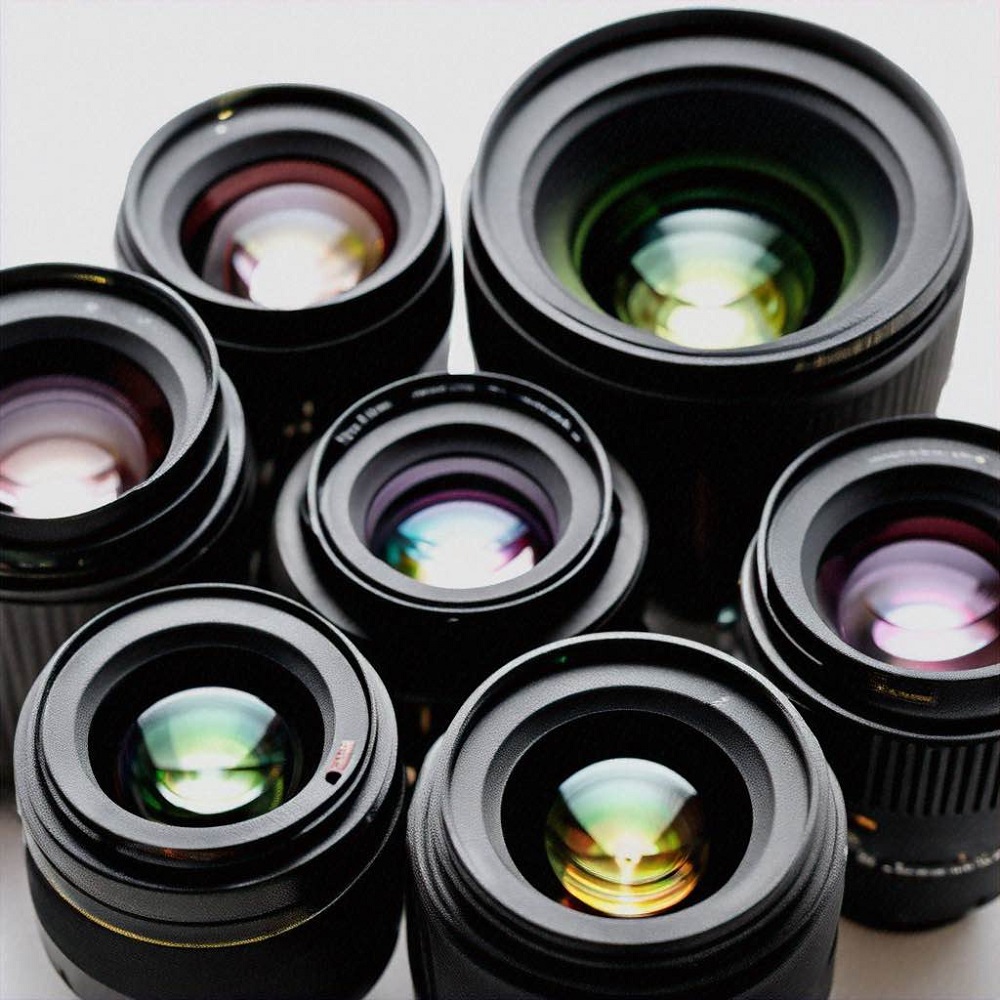
The Best Macro Lenses for Beginners
Canon EF-S 60mm f/2.8 Macro USM
If you’re a Canon user, the Canon EF-S 60mm f/2.8 Macro USM offers excellent value for beginners. This lens provides a true 1:1 magnification ratio, allowing you to get incredibly close to small subjects. Its lightweight and compact design makes it easy to handle.
With a fast f/2.8 aperture, this lens performs well in low-light conditions, ensuring you can capture detailed macro shots without needing additional lighting. Its ultrasonic motor provides quick and quiet autofocus, making it perfect for capturing skittish subjects like insects.
Nikon AF-S DX Micro NIKKOR 40mm f/2.8G
Designed specifically for Nikon users, the AF-S DX Micro NIKKOR 40mm f/2.8G is another excellent choice for beginners. This lens achieves a 1:1 magnification ratio and is compact, lightweight, and highly portable.
The wide f/2.8 aperture contributes to sharp images and enables effective shooting in various lighting situations. The lens features Nikon’s Silent Wave Motor technology, ensuring fast and silent autofocus. Its short focal length allows for easy use with small subjects like flowers and textures, making it versatile for macro photography.
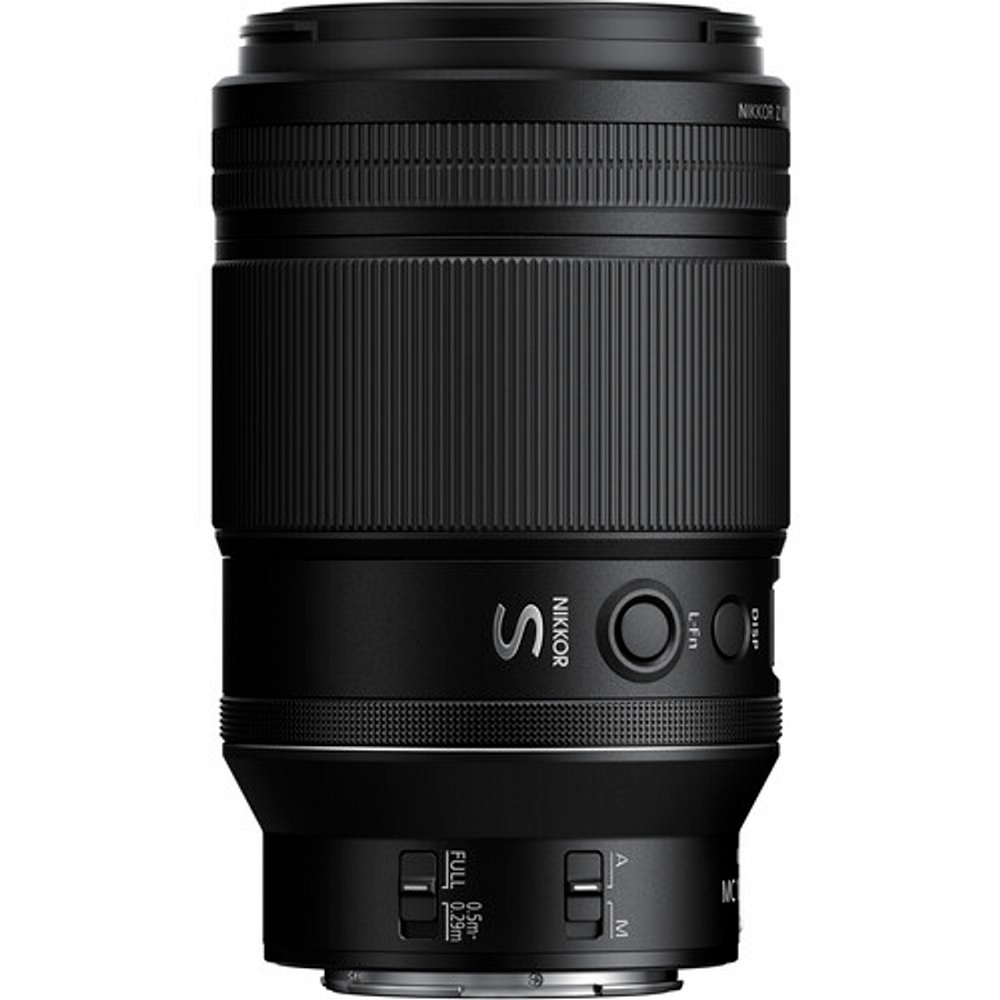
Advanced Macro Lenses
Canon EF 100mm f/2.8L IS USM Macro
For those looking to step up their macro photography, the Canon EF 100mm f/2.8L IS USM Macro is a fantastic choice. This lens combines impressive optical quality with sophisticated image stabilization for crisp images at close distances. This feature becomes especially useful when shooting without a tripod.
The 100mm focal length allows you to maintain distance while shooting, preventing disturbances to your subject. The lens also boasts a weather-sealed construction, making it a reliable option for outdoor photography in various conditions.
Nikon AF-S VR Micro-NIKKOR 105mm f/2.8G IF-ED
Nikon enthusiasts will appreciate the AF-S VR Micro-NIKKOR 105mm f/2.8G lens. This macro lens on the market also features a vibration reduction system for improved sharpness, even in low light. The 105mm focal length allows for ample working distance, keeping shy subjects like insects at bay.
Its fast f/2.8 aperture provides stunning image quality, sharp focus, and attractive bokeh, which can enhance your photos’ artistic qualities. The lens is also designed for detailed close-up photography, offering a true 1:1 magnification ratio that captures intricate details.
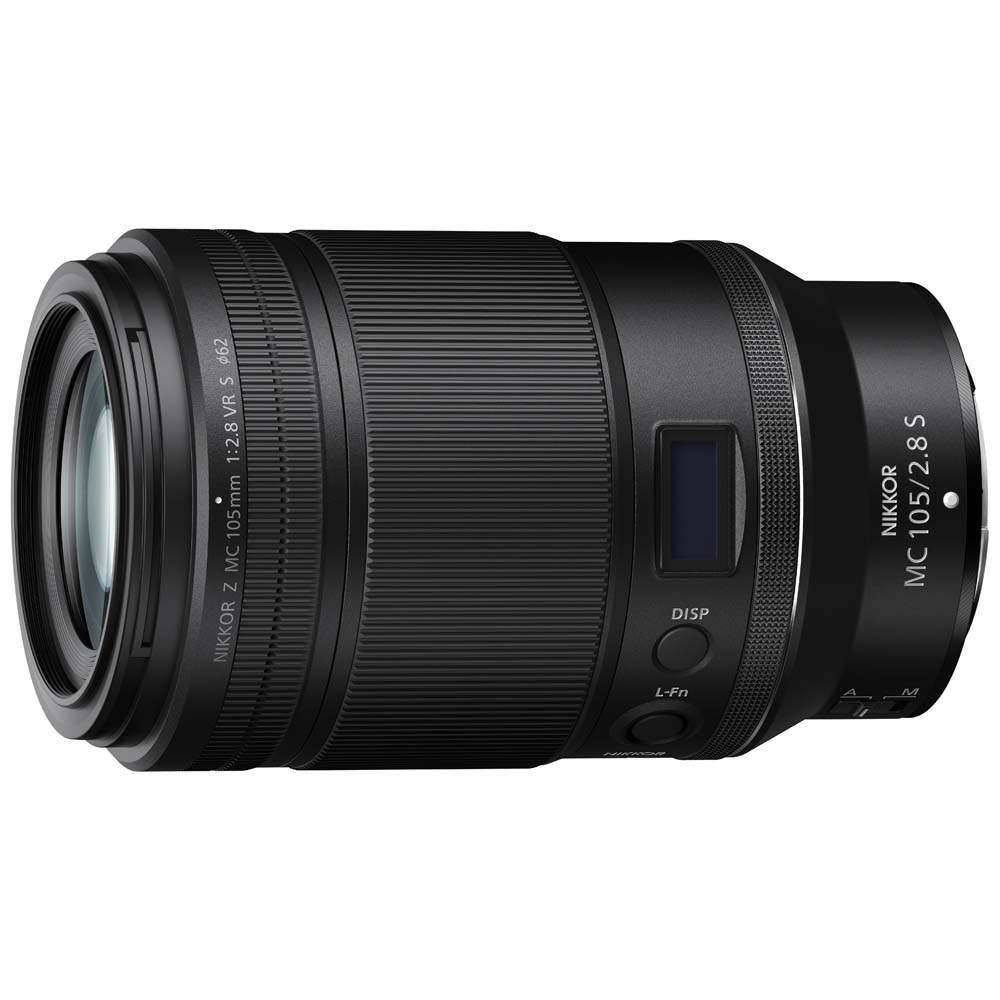
Specialty Macro Options
Laowa 24mm f/14 2X Macro
For those looking to push the boundaries of macro photography, the Laowa 24mm f/14 2X Macro lens offers unique opportunities. With its remarkable 2:1 magnification ratio, this lens allows you to capture extreme close-ups of small subjects, making even the tiniest details visible.
The lens features a unique design with an extended working distance, allowing you to shoot without disturbing your subject—especially beneficial for insects or other creatures. The f/14 aperture helps maintain depth of field, but keep in mind that this lens requires the use of a tripod for stability due to its longer exposure times.
Sigma 150mm f/2.8 EX DG OS HSM Macro
This professional macro lens is suitable for photographers wanting superior performance and the ability to shoot at greater distances. The Sigma 150mm f/2.8 EX DG OS HSM Macro lens provides incredible sharpness and clarity, thanks to its advanced optics.
With a 1:1 magnification ratio and optical stabilization, you can capture stunning images of small subjects while keeping vibrations at bay. The longer focal length allows for a comfortable working distance, making it easier to photograph delicate subjects without causing disturbance. The f/2.8 aperture delivers excellent low-light performance and beautiful background bokeh.
Essential Accessories for Macro Photography
Tripods and Stabilizers
Using a tripod is crucial in macro photography, as even slight movements can blur your images. A sturdy tripod provides stability, allowing you to capture sharp images consistently. Look for tripods with adjustable legs and a ball head for flexible positioning.
Additionally, consider using a remote shutter release to eliminate camera shake when taking shots. A wireless shutter release allows you to trigger the camera without touching it, contributing to sharper images.
Lighting Options
Good lighting is essential for macro photography, as small subjects can cast shadows easily due to their proximity. Investing in portable LED lights or ring lights will allow you to illuminate your subjects effectively while minimizing harsh shadows.
Consider using reflectors as well to bounce natural light onto your subjects, enhancing details. Proper lighting equipment will improve your macro photography greatly, helping you capture vibrant colors and intricate textures.
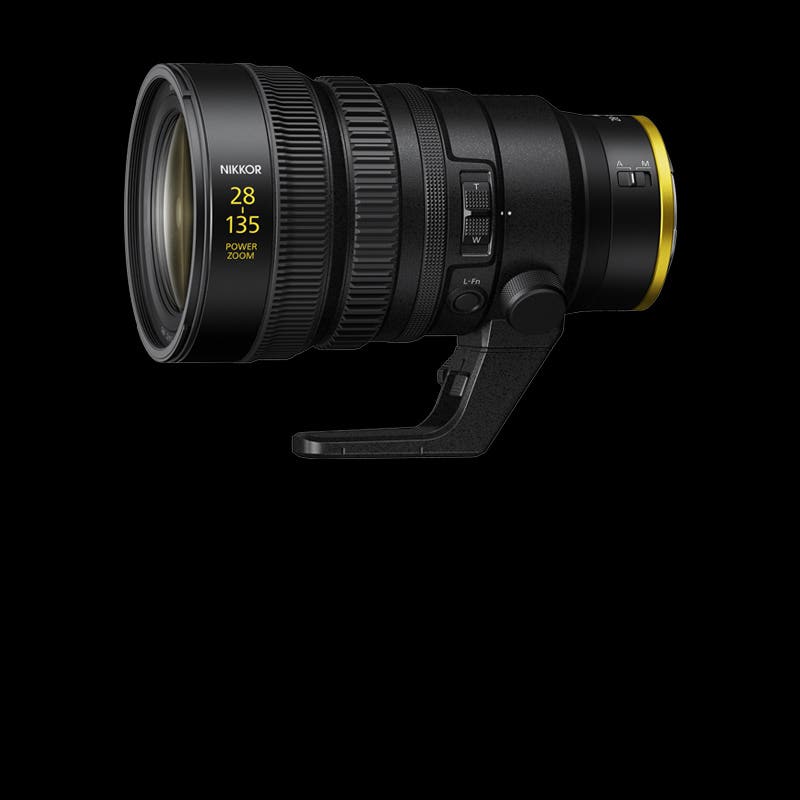
Learning to Improve Your Macro Skills
Experiment with Composition
As you delve deeper into macro photography, experiment with various compositions and angles. Changing your perspective can make a considerable difference in how your subject is portrayed. Try shooting from above, below, or even at an angle to create a more dynamic image.
Utilizing the rule of thirds can also enhance your composition by balancing the elements in the frame. Pay attention to backgrounds; a clutter-free or blurred backdrop can significantly improve your subject’s impact.
Post-Processing Techniques
Enhancing your macro images in post-processing software, such as Adobe Lightroom or Photoshop, can make a significant difference in the final results. Adjusting exposure, contrast, and sharpness will allow you to fine-tune your images and bring out details lost during the shooting process.
Don’t hesitate to crop your images to improve composition further or to isolate your subject from the background. Retouch imperfections to make your macro shots stand out. Mastering these techniques will elevate your macro photography and help you achieve the results you desire.
Conclusion
Macro photography opens a world of discovery, allowing you to explore the small details that surround us daily. Choosing the right macro lens is essential to achieving stunning close-up shots; this guide provides a comprehensive overview of the best options available for beginners and advanced photographers alike.
Becoming familiar with different lenses, understanding focal lengths, and mastering aperture settings will significantly enhance your photographic journey. With the right gear, accessories, and practice, you can unleash your creativity and capture breathtaking macro images that tell a story. Whether you’re photographing nature, textures, or small objects, the world of macro photography awaits your exploration!
